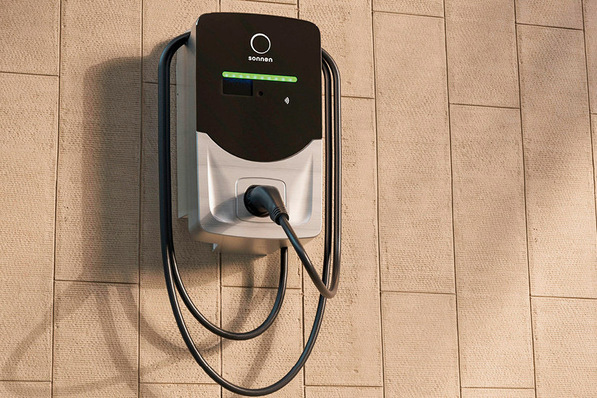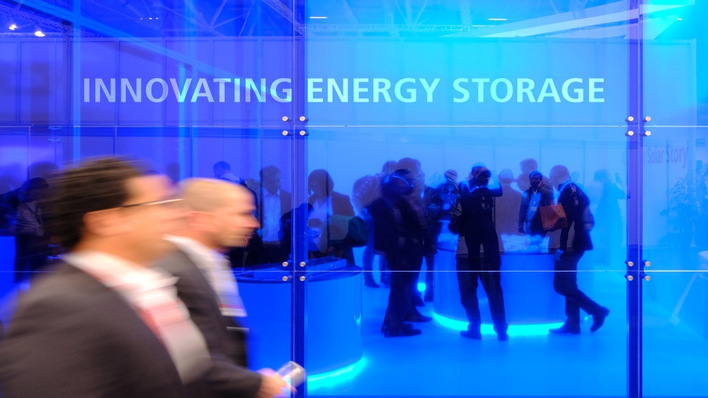Researchers at the Friedrich Alexander University of Nuremberg-Erlangen (FAU) are building a test road for inductive charging while driving. The route is scheduled to go into operation in northern Bavaria in 2025. In this way, the researchers from the TH Nuremberg and their project partners VIA IMC, Autobahn GmbH, Electreon, Risomat want to remedy the acceptance problems that electric mobility still has. After all, at currently around 400 kilometres, electric vehicles only have a relatively short range. Charging the batteries takes much longer than the conventional refuelling process - if a charging station is available at all. To find out about an electric vehicle that promises to solve this problem, click here.
Charging commercial vehicles and cars at the same time
The electrified road can solve the problem. Here, vehicles can be charged automatically at any time while driving or parked, and inductively, i.e. without cables. Coils in the road surface generate a magnetic field. When a car drives or parks on the road, this magnetic field induces a voltage in the counter-coil installed in the vehicle. This means that - unlike electrified roads with overhead lines - both commercial vehicles and passenger cars can be charged via them. The charging technology can also be integrated invisibly into traffic surfaces.
Developing a standard for the coils
The aim of the project partners' project is to further develop electrified roads to the point where they are ready for series production. Therefore, they not only want to build a test track, but also develop a standard for the production of the coils and their installation in the road. "The construction of a test track enables us to test the processes to be developed for automated manufacturing and roadway integration and to demonstrate their functionality," explains Alexander Kühl from the Chair of Manufacturing Automation and Production Systems (FAPS) at FAU.
Transferring up to 70 kilowatts of output
After completion of the test track in 2025, drivers will be able to try out inductive charging while driving. With its length of one kilometre, the test track is of course not sufficient to fully charge the vehicle. "In comparable tests, up to 70 kilowatts of output have been transferred so far," says Kühl. (su/mfo)
An experimental track for inductive charging already exists in southern Germany







